In the intricate web of nature, there exists a perpetual dance between predators and prey—a delicate balance that shapes ecosystems worldwide. But what happens when the tables turn, and those at the top of the food chain suddenly find themselves vulnerable? This reversal of roles, where predators become prey, is not merely an ecological curiosity but a fundamental aspect of nature’s complex dynamics. From the smallest insects to the mightiest apex predators, no species is entirely immune to predation. This article explores the fascinating and sometimes surprising phenomenon of predators becoming prey, examining its ecological implications, evolutionary consequences, and the remarkable adaptations that emerge from this eternal struggle for survival.
The Ecological Role Reversal
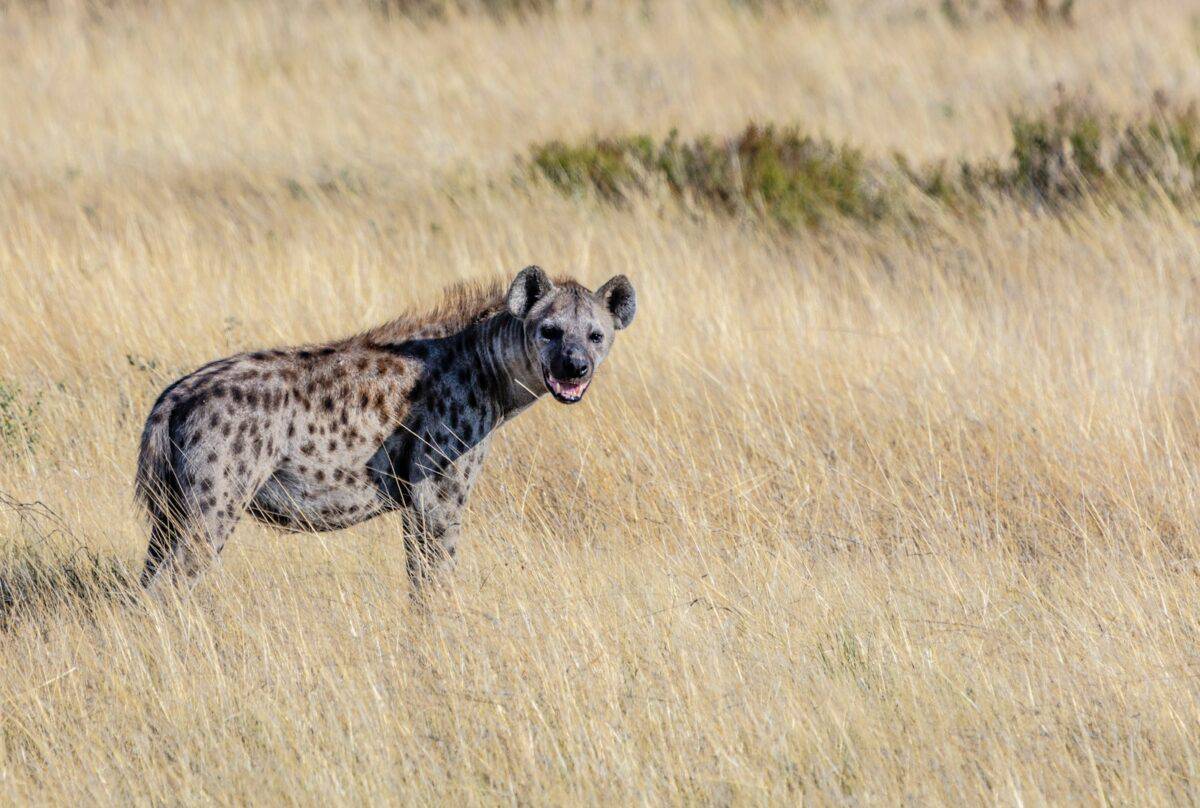
The concept of predators becoming prey represents one of nature’s most profound ecological role reversals. This phenomenon occurs across all ecosystems and taxonomic groups, creating what ecologists call “intraguild predation”—where species that compete for the same resources also prey upon each other. For instance, lions may hunt hyenas, while hyenas occasionally prey on lion cubs.
This role reversal serves as a regulatory mechanism in ecosystems, preventing any single predator species from becoming too dominant. When predators face predation themselves, it creates feedback loops that help maintain biodiversity and ecological balance. These interactions form part of the complex food webs that sustain life on Earth, where the lines between predator and prey often blur, creating a multidimensional rather than linear feeding hierarchy.
Mesopredator Release Phenomenon
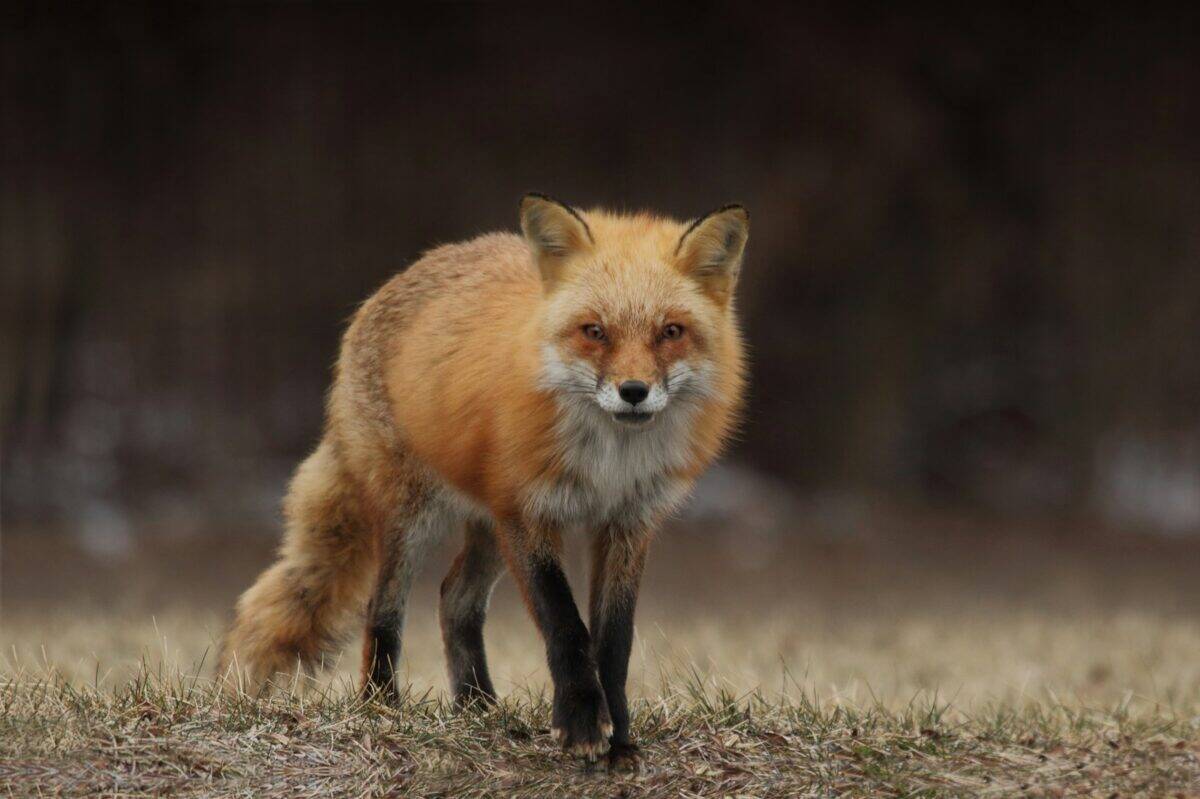
When apex predators decline or disappear from an ecosystem, a fascinating cascade of effects known as “mesopredator release” occurs. This phenomenon happens when medium-sized predators—mesopredators like foxes, raccoons, or smaller cats—experience population booms due to reduced predation pressure from larger predators. Research in North America has shown that where wolves were eliminated, coyote populations exploded, subsequently increasing predation on smaller mammals.
This demonstrates that predator-prey relationships exist in multiple tiers, with top predators often controlling middle-tier predators, which in turn affect smaller species. The mesopredator release phenomenon illustrates how the removal of top predators can destabilize entire ecosystems, leading to unexpected consequences throughout the food web. This ecological principle underscores why conservation efforts increasingly focus on protecting apex predators as keystone species essential for ecosystem health.
Mobbing Behavior: Prey Fighting Back
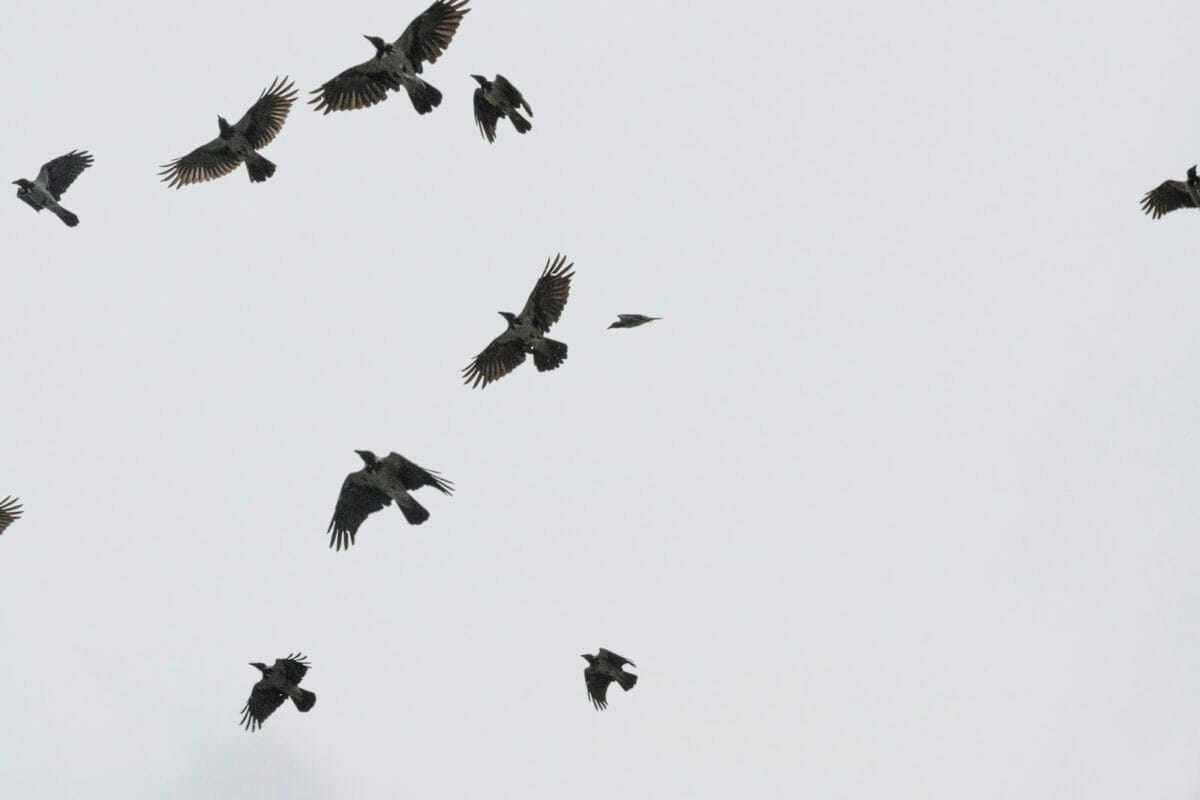
One of the most dramatic examples of predators becoming prey occurs through collective defense strategies known as mobbing. Smaller birds like crows, jays, and blackbirds regularly mob hawks, owls, and other raptors, harassing them with coordinated attacks that can drive away or even injure the predator. This behavior has been documented across species boundaries, with different prey species working together against a common threat. Mobbing represents a fascinating evolutionary development where prey species have adapted to occasionally turn the tables on their predators.
Studies have shown that mobbing is not merely defensive but can be preventative—prey animals may mob predators even when not directly threatened, effectively teaching the predator that hunting in that territory will be costly. This behavior demonstrates that predator-prey relationships are not static but involve dynamic adaptations and counter-adaptations in an ongoing evolutionary arms race.
Size Inversions in the Natural World

Nature occasionally presents surprising inversions where smaller creatures successfully prey on typically larger predators. The most dramatic examples occur in the insect world, where predatory invertebrates like praying mantises have been documented capturing and consuming small birds, mice, and even snakes. Similarly, large spiders can overpower and eat small vertebrates including frogs, lizards, and hummingbirds.
These size inversions challenge our conventional understanding of predator-prey relationships based solely on body size. They occur through specialized adaptations like potent venoms, powerful gripping mechanisms, or strategic hunting techniques that overcome the size disadvantage. These extraordinary cases reveal that predation is not simply determined by size but by a complex interplay of adaptations, opportunity, and circumstance. Such inversions serve as reminders that nature’s predatory relationships are far more nuanced than they might initially appear.
The Vulnerability of Young Predators
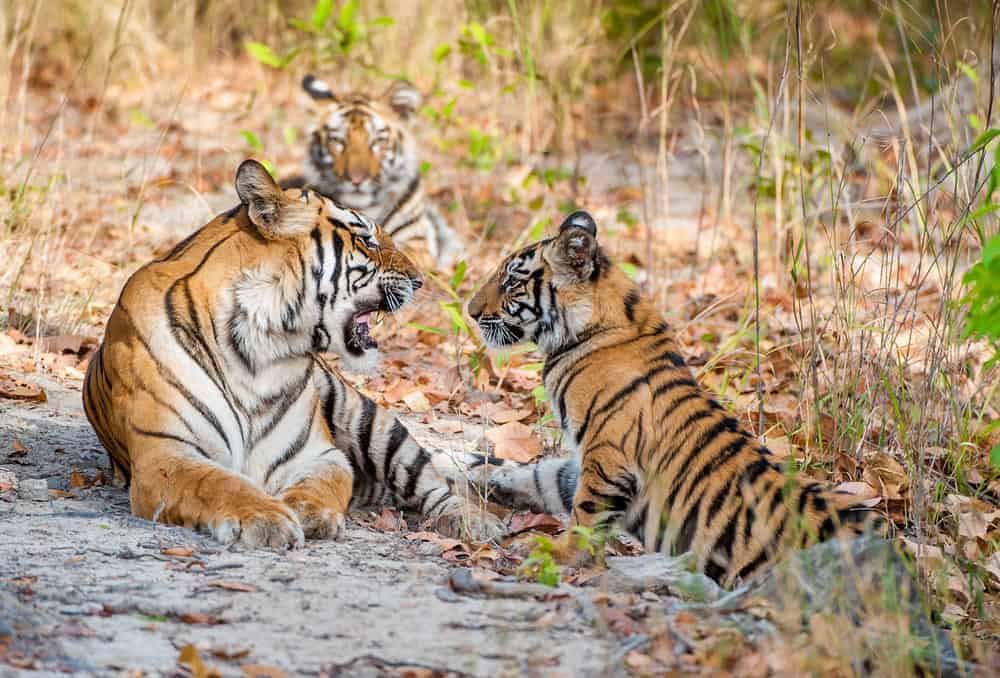
Even the most formidable adult predators experience periods of extreme vulnerability during their early development. Lion cubs, tiger cubs, and wolf pups face significant mortality rates from predation by other carnivores, including members of their own species. Research from the Serengeti has documented that up to 27% of lion cub mortality comes from predation by other predators, particularly male lions and hyenas. This vulnerability represents a critical bottleneck in predator populations, influencing their reproductive strategies and parental care behaviors.
Many predator species have evolved elaborate protective behaviors specifically to shield their young during this vulnerable period. These include den construction, vigilant guarding, and complex social structures where multiple adults share protection duties. The vulnerability of young predators illustrates that even apex predators experience the threat of predation during their life cycle, maintaining their connection to the broader predator-prey dynamics of their ecosystems.
Cannibalism Among Predators

Perhaps the most striking example of predators becoming prey occurs when they consume members of their own species—a phenomenon known as cannibalism. Far from being rare or aberrant, cannibalism is widespread among predatory species, from large cats to raptors, sharks, and predatory insects. Among big cats, male lions and tigers may kill and sometimes consume cubs fathered by other males, a behavior linked to reproductive strategy rather than hunger. In aquatic environments, size-dependent cannibalism is common, with larger individuals preying on smaller conspecifics.
Research on certain shark species has documented embryonic cannibalism, where stronger embryos consume their siblings while still developing in the womb. These behaviors, while seemingly brutal, serve evolutionary functions—from eliminating competition to maximizing reproductive success or simply providing nutrition when other prey is scarce. Cannibalism represents a stark example of how predatory adaptations can be turned against members of one’s own species, blurring the line between predator and prey at the most fundamental level.
Evolutionary Adaptations for Dual Roles

Species that regularly experience both predator and prey roles have evolved remarkable adaptations to navigate this dual existence. The African wild dog, despite being an efficient pack hunter, has developed exceptional stamina and nomadic behavior partly to avoid predation by lions and hyenas. Similarly, mid-sized predators like foxes combine predatory features with anti-predator adaptations such as camouflage, acute hearing, and multiple escape strategies.
These dual-role adaptations often create evolutionary trade-offs—a species can’t simultaneously optimize for both hunting success and predator avoidance. For instance, developing powerful jaws for predation might come at the cost of speed needed to escape larger predators. Over evolutionary time, these trade-offs help shape species’ ecological niches, determining where they fit in the food web. The most successful dual-role species maintain a balanced suite of adaptations that allow them to effectively hunt their prey while avoiding becoming prey themselves, demonstrating nature’s remarkable capacity for evolutionary compromise.
Trophic Cascades: The Ripple Effect

When predators become prey, the consequences ripple through ecosystems in complex chains of cause and effect known as trophic cascades. The classic example comes from Yellowstone National Park, where the reintroduction of wolves changed the behavior of elk, their primary prey. With elk spending less time in vulnerable valleys, riverside vegetation recovered, attracting beavers that created dams, which in turn created habitat for fish and other species. This cascade continued through multiple trophic levels, eventually even affecting the physical geography of the landscape as rivers changed course due to beaver activity.
Similar cascades occur when mid-level predators face increased predation from top predators, reducing their numbers and subsequently relieving pressure on their prey species. These cascades illustrate how predator-prey reversals can have far-reaching consequences beyond the species directly involved. Understanding these intricate ecological relationships has revolutionized conservation biology, highlighting the critical importance of maintaining intact predator guilds for ecosystem health.
Human Predation on Predators
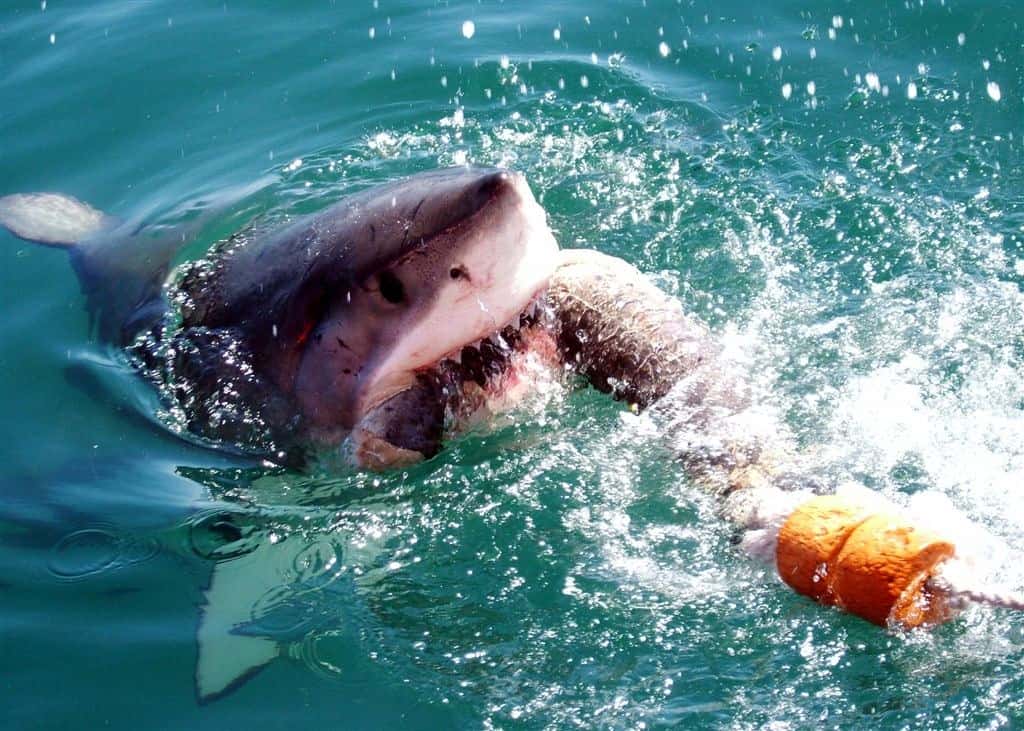
Humans represent the ultimate example of a predator that preys on other predators. Throughout history, humans have hunted apex predators for various reasons—from eliminating perceived threats to livestock, sport hunting, or harvesting valuable body parts like fur, teeth, or organs. This human-driven predation has pushed many predator species to endangerment or extinction. Tigers have lost 93% of their historical range largely due to human hunting, while wolf populations were deliberately eradicated across much of North America and Europe.
Even marine apex predators like sharks face intense pressure from fishing, with an estimated 100 million sharks killed annually by human activities. This predation on predators has triggered numerous trophic cascades, fundamentally altering ecosystems worldwide. The ecological consequences of humans preying on predators have been so profound and widespread that they’ve contributed to what scientists now call the “Anthropocene”—a new geological epoch defined by humanity’s dominant influence on Earth’s ecosystems.
Predator-Prey Role Switching

Some of the most fascinating ecological relationships involve species that regularly switch between predator and prey roles depending on circumstances. The relationship between crocodiles and big cats exemplifies this dynamic—lions and tigers occasionally prey on crocodilians, while crocodiles regularly ambush big cats at water sources. Similarly, interactions between eagles and foxes can go either way depending on the age and size of the individuals involved. Adult foxes may prey on eagle chicks or eggs, while eagles readily hunt fox kits. These situational role reversals create complex, context-dependent relationships that defy simple classification.
Factors like relative size, hunger state, territorial advantages, and the presence of offspring all influence which species assumes the predator role in any given encounter. These fluid relationships challenge traditional ecological models that assign fixed trophic levels to species. Modern ecological theory now recognizes that many predator-prey relationships are better understood as dynamic and probabilistic rather than fixed and deterministic, with roles potentially shifting based on circumstances.
Predatory Adaptations Turned Against Predators
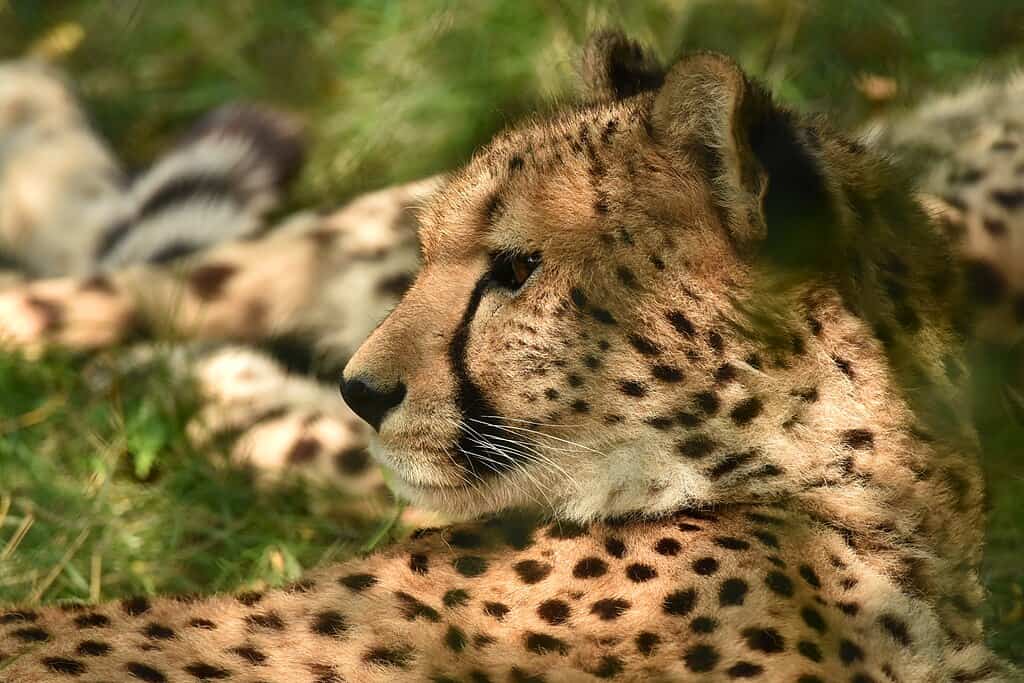
In a remarkable example of evolutionary irony, the very adaptations that make predators effective hunters can sometimes make them vulnerable to predation themselves. The highly specialized hunting adaptations of the cheetah—lightweight build, flexible spine, and non-retractable claws—optimize it for high-speed pursuit but leave it at a disadvantage when confronting stronger predators like lions and hyenas. Similarly, the specialized hunting strategy of the great white shark, which involves a powerful initial strike followed by waiting for the prey to bleed out, leaves it vulnerable during this waiting period to predation by orcas, which have learned to flip great whites upside down, inducing a paralytic state called tonic immobility.
Venomous snakes present another example—their reliance on venom for hunting makes them specialized predators, but this specialization comes at the cost of making them vulnerable to predators that have evolved immunity to their toxins, such as mongooses, honey badgers, and certain birds of prey. These examples illustrate how evolutionary specialization for predation can create vulnerabilities that other species may exploit, turning predatory advantages into potential liabilities.
Conclusion: Nature’s Complex Balance

The phenomenon of predators becoming prey reveals the profound complexity and interconnectedness of natural systems. Far from following a simple linear hierarchy, nature operates through intricate webs of relationships where roles can shift and reverse based on countless variables including age, size, numbers, circumstance, and evolutionary adaptations. These role reversals serve vital ecological functions, preventing any single species from dominating and contributing to the dynamic equilibrium that characterizes healthy ecosystems.
The study of these relationships has transformed our understanding of conservation, highlighting that protecting individual species is insufficient—we must preserve the complex interactions between species, including those moments when predators become prey. As we face unprecedented global environmental challenges, this understanding of nature’s delicate balance becomes increasingly critical, reminding us that in the great theater of life, every species plays multiple roles, and the distinction between hunter and hunted is rarely absolute.
- Best Countries for Spotting Rare Big Cats in the Wild - August 9, 2025
- Jaguars Are the Only Cats That Crush Skulls—Here’s Why - August 9, 2025
- How Sloths Help Support Mini-Ecosystems in Their Fur - August 9, 2025

